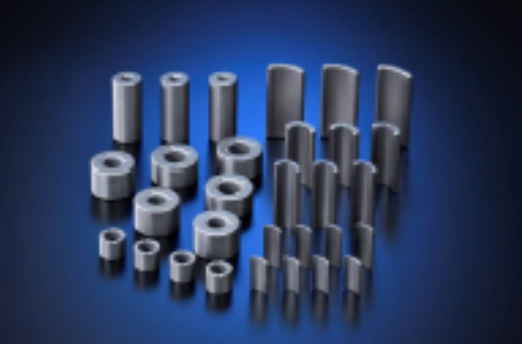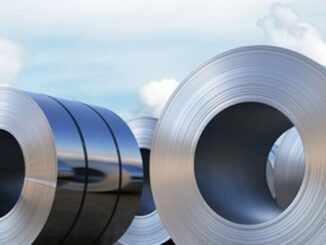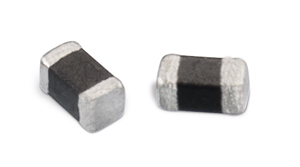
Flush on the closing of its acquisition by an investment consortium, Hitachi Metals tomorrow becomes Proterial as it positions for its NMF 15 ferrite magnets to become an alternative in certain situations to the industry-standard neodymium magnetic material for electric vehicle traction motors.

The new corporate identity takes place January 4, following a lengthy takeover period. It concluded in late October after clearing extensive antitrust approvals as the investment group led by Bain Capital successfully closed their tender offer for a price estimated to be about $5.7 billion. In addition to an extensive portfolio of magnetic materials and products, the company is a major producer of specialty steel, electronic and power components, wires and cables. It has annual revenues of about $7.2 billion and employed 27,700 people as of March 2022.
In December, still operating as Hitachi Metals, the company reported that it has verified in simulations that by optimizing the design of motors that use its high-performance ferrite magnet NMF 15, they are able to achieve the same level of output as traction motors for electric vehicles that use neodymium magnets. Ferrite magnet motors do not use neodymium, a rare earth element, or dysprosium or terbium, resources which are particularly limited in quantity.
Neodymium magnets use not only neodymium, which is classified as a light rare earth among rare earths, but also dysprosium and terbium, which are heavy rare earths which are particularly limited in quantity as resources. As such, there are concerns that resource risks will increase as demand grows.
In addition to focusing on improving the characteristics of neodymium magnets, which lead to smaller and lighter motors for EVs, Hitachi Metals has also been focusing on reducing the amount of heavy rare earths used and improving recycling technology to enhance material flows.

Researchers at the company’s Global Research & Innovative Technology center in Japan have been studying the application of ferrite magnets in traction motors for EVs as a new approach to mitigate resource risks. They conducted a simulation to optimize the design of motors based on the idea of applying their NMF 15 high-performance ferrite magnets in EV traction motors. According to the company, in terms of magnetic properties, these magnets deliver the world’s highest levels among ferrite magnets.

By optimizing the mounting positions and size of the magnets, they found that ferrite magnet motors can be made to achieve the same level of output as a motor using a neodymium magnet under certain conditions. The high-performance ferrite magnets accounted for 30% increase in motor weight with equivalent output level, and that equivalent weight and output levels were achieved by increasing rotation speed by 50%. The simulation shows that ferrite magnets can potentially be used in high output motors such as those used to traction EVs, said the company.
Hitachi Metals, now Proterial, is a general manufacturer of motor materials, producing not only its Neomax brand of neodymium magnets and ferrite magnets, but also other materials including amorphous metals for iron cores, enameled wires and magnetic wedges. Spurred by the simulation results, it now proposes high-performance ferrite magnets as an option for various applications where neodymium magnets have been used in the past to help customers achieve objectives such as resource risk reduction and cost containment. For more info, see www.proterial.com and www.baincapitalprivateequity.com.



